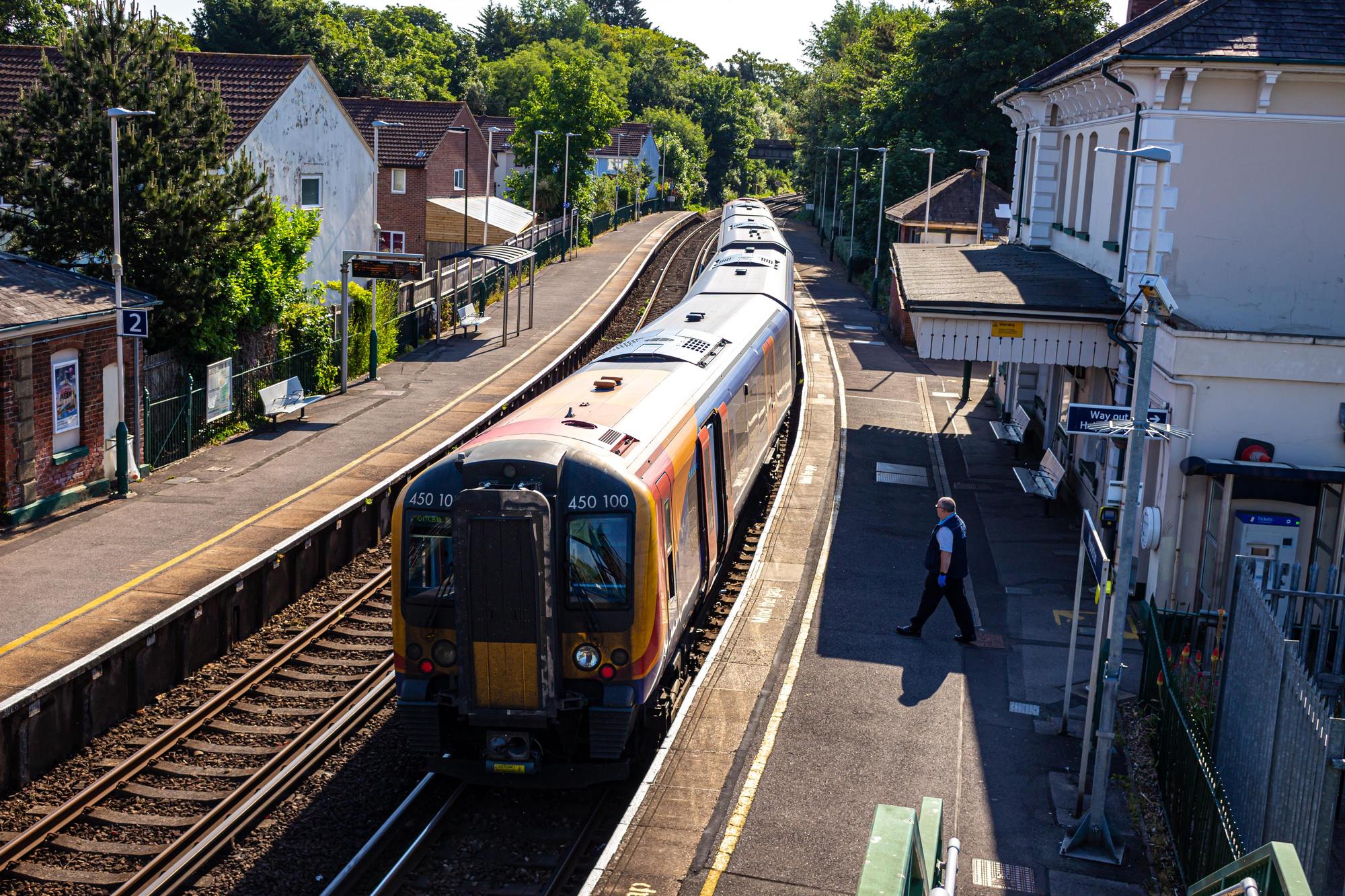

Rail Delivery Group keeps the passenger experience on track with richer insights
9 out of 10 rail routes now support smart tickets
2 days to build new COVID-19 dashboard
35+ data sources visualised with Tableau
Every train journey involves multiple touchpoints. And every touchpoint is a source of data that can be harnessed to improve the passenger experience. Rail Delivery Group (RDG) plays a key role in capturing and collating data about customers’ journeys – both physical and digital.
Here Toby Ayre, Head of Data and Analytics for RDG, explains how Tableau Cloud unlocks insights across millions of different train products and routes. From Railcard renewal rates to smart ticket volumes, these insights enable RDG and train operating companies to make faster and smarter decisions that enrich the customer experience for millions of passengers.
Why is data important for the rail industry?
Data helps everyone involved in delivering rail services better understand their customers, so they can provide richer experiences. RDG brings together the 28 train operating companies that run Britain’s railways, and that means we need to bring together different datasets too. This is both a challenge and an opportunity – the country’s rail network is incredibly complex with multiple platforms and providers supporting customers’ physical and digital journeys.
The Tableau dashboards enable stakeholders to visualise commercial, financial, and operational data quickly and easily, which means they can make smarter decisions to achieve better results.
How is the digitalisation of Britain’s railways impacting the data landscape?
Every digital touchpoint provides us with a data touchpoint. From reserving a seat online to validating a ticket in the station – we can now capture insights before, during, and after a customer’s journey. We’ve already amassed hundreds of billions of records in our data warehouse, and this is constantly expanding as passengers increasingly use mobile and electronic tickets. But it’s not just about data quantity; it’s data quality that really matters. Evaluating data from a single source can only take you so far; you need to be able to look at the customer experience across different channels and touchpoints to drive continuous improvement. With Tableau, we can visualise data from more than 35 different systems, including Salesforce, to provide train operating companies and RDG colleagues with richer insights.
How has Tableau helped to unlock new insights?
We have built around 900 dashboards which are used by more than 300 people from 35 different organisations. The dashboards enable stakeholders to visualise commercial, financial, and operational data quickly and easily, which means they can make smarter decisions to achieve better results. For example, we’ve built a dashboard that tracks customer response rates to Railcard email communications, which are co-ordinated via Salesforce’s Marketing Cloud. The team uses these insights to identify opportunities to boost engagement which has resulted in improved personalisation and more relevant content across our journeys. With MuleSoft, Salesforce’s integration platform, we can connect Railcard purchases in Salesforce’s Service Cloud with campaign records in Marketing Cloud. This enables us to link revenue generation to individual emails and gain a unique insight into customer behaviours. Tableau has also been instrumental in accelerating the roll-out of digital experiences on Britain’s railways by providing train operating companies with visibility of the utilisation of smart tickets, which are now available on nine out of ten routes.
Evaluating data from a single source can only take you so far; you need to be able to look at the customer experience across different channels and touchpoints to drive continuous improvement. With Tableau, we can visualise data from more than 35 different systems, including Salesforce, to provide train operating companies and RDG colleagues with richer insights.
How has Tableau helped to boost efficiency and agility?
It’s amazing what can be achieved in a short period of time. As well as simplifying the aggregation of different data sources, we’ve been able to reduce the time spent developing reports. With Tableau, we can provide self-service access to live commercial data with filters across millions of different products and routes, which means our people can focus on progressing strategic projects instead of manipulating spreadsheets. If a train operating company wants to visualise a new dataset, we can build a dashboard quickly and easily. For example, during the COVID-19 pandemic, it took just two days to design and deploy a Tableau dashboard to help train operating companies monitor face mask utilisation during national lockdowns.
What are your future plans with Tableau?
We want to keep evolving our data maturity, focusing more on predicting the future than evaluating the past, to drive greater efficiency gains and enable richer customer experiences. By continuing to expand the data captured in Salesforce and the source systems that feed into Tableau, we will be able to share more insights with more stakeholders. We want to empower more people with personalised visualisation tools and analytics so they can harness the full value of data. With Tableau, we can unlock the insights needed to help shape the future of Britain’s railways.